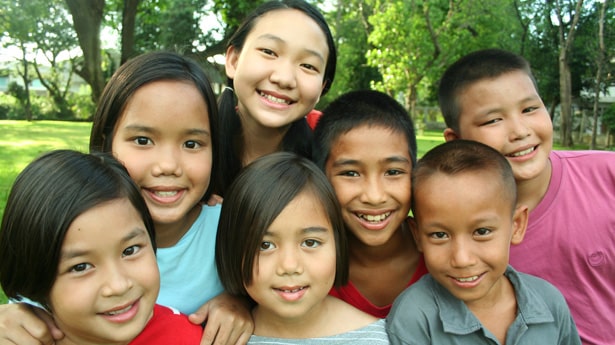 My wife, born in Taiwan, and I have talked about kids, including the possibility of adopting a child of Chinese descent. While reading Different Racisms: On Stereotypes, the Individual, and Asian American Masculinity by Matthew Salesses, I was regularly shocked into questioning my decision to raise a child with Asian background.
My wife, born in Taiwan, and I have talked about kids, including the possibility of adopting a child of Chinese descent. While reading Different Racisms: On Stereotypes, the Individual, and Asian American Masculinity by Matthew Salesses, I was regularly shocked into questioning my decision to raise a child with Asian background.
Different Racisms is a short collection of essays by Salesses, a man of Korean heritage who was adopted at the age of two and raised by two white Americans.
He reflects on the unique discrimination targeted at Americans with East Asian descent and the struggles he has wrestled with as a Korean-American who passed through his formative years identifying as white, even though the culture around him wanted him to abide by certain Asian stereotypes.
The book uses a number of popular stories that reflect Asian American discrimination. (Note: for certain reasons that we will put aside as “philosophical” for now, I prefer to use “ethnicity” over “race” and “discrimination” or “stereotyping” over “racism”.) For example, the Jeremy Lin phenomenon, Salesses argues, was surrounded by and premised on Asian stereotypes. Journalists said Lin was hard-working and an underdog, both descriptions essentially deduced from the idea that Chinese Americans are industrious and generally bad at basketball.
The essays raise numerous figures and anecdotes. “Bullying against Asian Americans continues at the highest rate of any ethnic group.” … “[A]n article in a major magazine that ran pictures of (male) Asian models above the tagline, ‘Gay or Asian?’” … “Both Harvard and Princeton have been under investigation on charges of racism toward Asians, whose grades and SAT scores, on average, must be higher than those of other races in order to gain admissions. Many Asian Americans have responded by marking the box on applications that declines to indicate race.” … “I confess that I would give my daughter that exact advice, in admissions: not to reveal her race.”
Against this backdrop of subtle and sometimes not-so-subtle discrimination, Salesses has had the added obstacle of finding his own identity as an adoptee from Korea growing up in a white family: “I have spent my life struggling with my adoption, what it means and meant to be abandoned by my birth parents, and knowing I never will come to grips with that abandonment … I realize that as a child I read because I was forced inside my head, unable to get comfortable with the outside world, with what I looked like and the way people (including myself) judged me on that appearance.”
While I appreciate this opportunity to delve into Salleses’ psyche, it gives me pause as I contemplate the life of our future child(ren), conceived or adopted. From the perspective of phenotype, this child will either be half Taiwanese or, assuming we adopt from East Asia, fully Asian. On top of the many physical and emotional needs that come along with responsible parenting, our child will almost certainly suffer discrimination in the U.S. that neither my wife nor I have ever personally faced, my wife having moved to America in her late 20s. And if the child is adopted, there will be even more needs related to his or her identity and past.
Though these stories have made me worry for our unborn child, I am grateful that the book has kicked me into greater awareness about the challenges that we will face as parents. I’ve gained motivation to be more prepared and, when the time comes, understanding.


